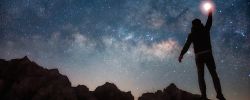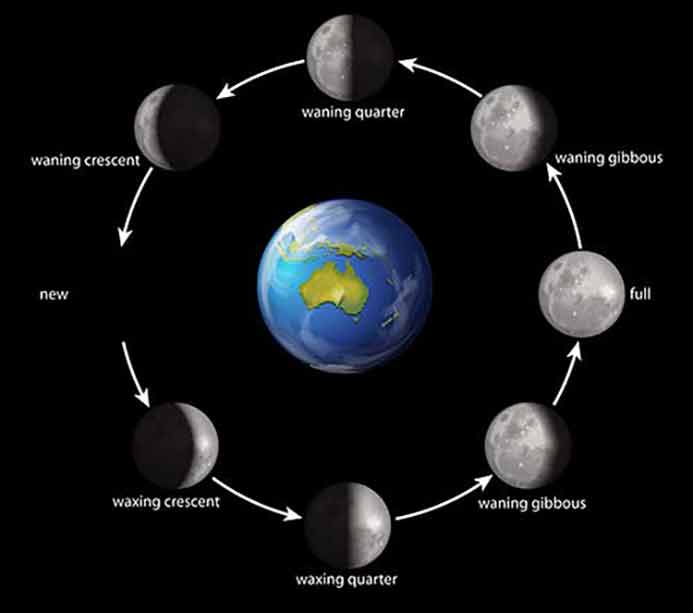Earth's only natural satellite
The Moon has captivated humans since the beginning of time and serves as much more than just a glowing orb in our night sky. Since the first landing during the Apollo missions in 1969 by American Astronaunts Neil Armstrong and Buzz Aldrin, other countries such as China and India have also launched exploration missions to explore and learn more about this luminous satellite.
What we know so far
The Moon is about 1/6th size of our planet and is approxmiately 384,400 kilometers away from Earth. It takes about 27.3 days for the moon to orbit Earth. The Moon rotates on its axis, which meas it spins/turns around as if an imaginery line was passing through the centre.
This rotation is similar to how Earth rotates on its axis, causing day and night as well as the reason why we always see the same side of the moon. This means from our perspective on Earth, we always see the same features on the moon's surface and the other side of the moon, known as the "dark side" remains hidden from view (even though the dark side receives sunlight just like the side, visible to Earth).
The Moon's gravitational pull on Earth causes ocean tides. The force is stronger on the side of Earth facing the moon, this creates what we know as a high tide. While lesser force on the opposite side results in a low tide.
The Moon goes through different phases as it orbits Earth. These phases are: New Moon, Waxing Crescent, First Quarter, Waxing Gibbous, Full Moon, Waning Gibbous, Last Quarter and Waning Crescent.

